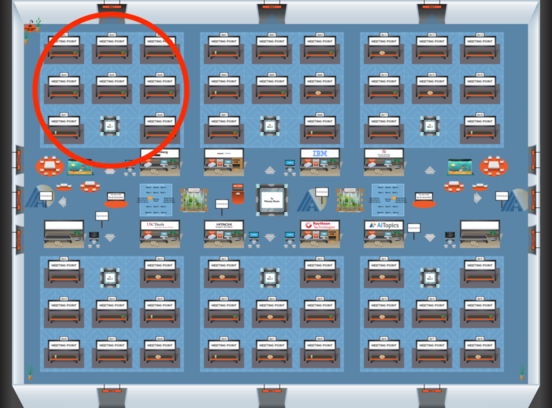Task-Customized Self-Supervised Pre-Training with Scalable Dynamic Routing
Zhili Liu, Jianhua Han, Lanqing Hong, Hang Xu, Kai Chen, Chunjing Xu, Zhenguo Li
[AAAI-22] Main Track
Abstract:
Self-supervised learning (SSL), especially contrastive methods, has raised attraction recently as it learns effective transferable representations without semantic annotations. A common practice for self-supervised pre-training is to use as much data as possible. For a specific downstream task, however,
involving irrelevant data in pre-training may degenerate the downstream performance, observed from our extensive experiments. On the other hand, for existing SSL methods, it is burdensome and infeasible to use different downstream-task-customized datasets in pre-training for different tasks.
To address this issue, we propose a novel SSL paradigm called Scalable Dynamic Routing (SDR), which can be trained once and deployed efficiently to different downstream tasks with task-customized pre-trained models. Specifically, we construct the SDRnet with various sub-nets and train each sub-net with only one subset of the data by data-aware progressive training. When a downstream task arrives, we route among all the pre-trained sub-nets to get the best along with its corresponding weights. Experiment results show that our SDR can train 256 sub-nets on ImageNet simultaneously, which provides better transfer performance than a unified model trained on the full ImageNet, achieving state-of-the-art (SOTA) averaged accuracy over 11 downstream classification tasks and AP on PASCAL VOC detection task.
involving irrelevant data in pre-training may degenerate the downstream performance, observed from our extensive experiments. On the other hand, for existing SSL methods, it is burdensome and infeasible to use different downstream-task-customized datasets in pre-training for different tasks.
To address this issue, we propose a novel SSL paradigm called Scalable Dynamic Routing (SDR), which can be trained once and deployed efficiently to different downstream tasks with task-customized pre-trained models. Specifically, we construct the SDRnet with various sub-nets and train each sub-net with only one subset of the data by data-aware progressive training. When a downstream task arrives, we route among all the pre-trained sub-nets to get the best along with its corresponding weights. Experiment results show that our SDR can train 256 sub-nets on ImageNet simultaneously, which provides better transfer performance than a unified model trained on the full ImageNet, achieving state-of-the-art (SOTA) averaged accuracy over 11 downstream classification tasks and AP on PASCAL VOC detection task.
Introduction Video
Sessions where this paper appears
-
Poster Session 2
 Fri, February 25 12:45 AM - 2:30 AM (+00:00)
Fri, February 25 12:45 AM - 2:30 AM (+00:00)
 Blue 1
Blue 1
-
Poster Session 9
 Sun, February 27 8:45 AM - 10:30 AM (+00:00)
Sun, February 27 8:45 AM - 10:30 AM (+00:00)
 Blue 1
Blue 1
